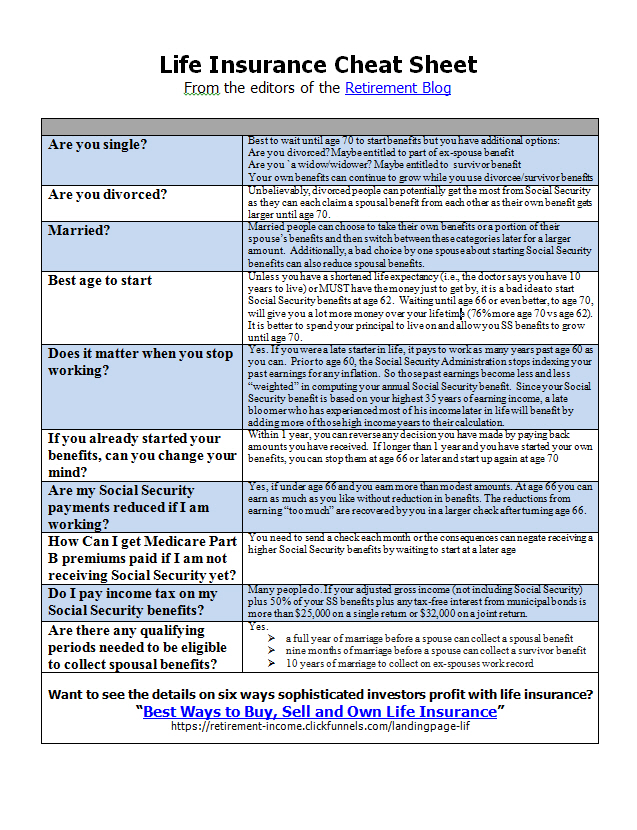Over the last thirty years, the features and benefits available within most life insurance policies have evolved substantially. Of course, whole life insurance has been around for over a hundred years. Then the seventies saw the advent of universal life insurance, which pays a variable rate of interest but is still guaranteed. Finally, in the eighties, a new breed of life insurance emerged, one which combined the flexibility of universal life with the opportunity to invest in the stock and bond markets. Through vehicles similar to mutual funds. The variable universal life insurance policy was born (VUL).
While this type of policy can provide many benefits to its owners, it can also be very confusing for many prospective policyholders to comprehend. This is understandable, as these policies are generally regarded by both insurance and investment professionals as the most complex savings vehicles available on the market today. These policies contain virtually all of the same features offered by straight universal policies, such as flexible premiums and a minimum guaranteed interest rate, but they also allow the policyholder to participate in the long-term growth of the stock and bond markets via investment sub-accounts.
Of course, this feature provides policyholders with a potential opportunity and a certain amount of risk. The opportunity obviously lies in the ability to reap the higher returns available in the markets. This type of growth can allow the cash value within the policy to grow at a rate that can exceed the rate earned by either traditional whole life or standard universal life. However, because the stock and bond markets move in two directions, there is also the possibility that the cash value in the policy could become insufficient to sustain the policy in the event of a market correction. This would generate a cash call for the policy that must be met in order for the policy to stay in force. For example, if a policy has $100,000 of cash value invested in the stock market, and the market drops by 30%, then the policyholder may have to put several thousand dollars into the policy within a short time in order to keep it from lapsing.
Of course, most VUL policies now offer a number of features designed to help protect against this contingency, such as dollar-cost averaging, periodic re-balancing and a fixed account that can be used during adverse market conditions.
Since the government classifies this type of insurance as a security, only those insurance agents that have securities licenses may offer it (which explains who agents that lack a securities license will advise against VUL). So consult your financial advisor.

Leave a Reply